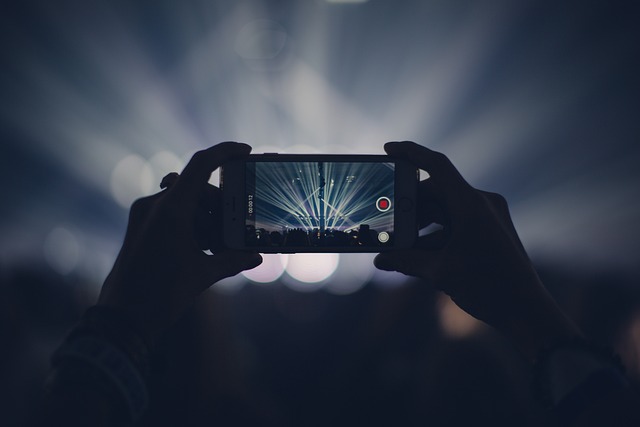Holographic Performances: The New Frontier of Live Entertainment
In the ever-evolving landscape of live entertainment, a groundbreaking technology is reshaping the way we experience concerts, theater, and artistic performances. Holographic performances, once confined to the realm of science fiction, have emerged as a captivating reality, blurring the lines between the physical and digital worlds. This revolutionary approach to live entertainment is not only pushing the boundaries of technological innovation but also challenging our perceptions of presence, artistry, and the very nature of performance itself. As holographic technology continues to advance, it promises to transform the entertainment industry, offering new possibilities for creative expression and audience engagement.

Technological Marvels Behind the Illusion
At the heart of holographic performances lies a complex interplay of cutting-edge technologies. High-resolution projectors, advanced motion capture systems, and sophisticated computer graphics come together to create lifelike, three-dimensional images that appear to occupy physical space. The Pepper’s Ghost technique, a 19th-century illusion method, has been reimagined with modern technology to project high-definition images onto transparent screens, creating the illusion of a three-dimensional figure on stage.
Resurrecting Legends and Creating New Possibilities
One of the most talked-about applications of holographic performances has been the resurrection of iconic performers. In 2012, a holographic Tupac Shakur took the stage at Coachella, performing alongside living artists and captivating audiences worldwide. This event marked a turning point, demonstrating the emotional impact and commercial potential of holographic performances featuring deceased artists. Since then, holographic tours featuring Roy Orbison, Maria Callas, and Whitney Houston have toured globally, allowing new generations to experience legendary performances.
Expanding Creative Horizons for Live Entertainment
Beyond recreating past performances, holographic technology is opening up new avenues for creative expression in live entertainment. Contemporary artists are incorporating holographic elements into their shows, creating immersive experiences that blend reality with digital artistry. From floating virtual instruments to interactive holographic backgrounds, these performances are pushing the boundaries of what’s possible on stage. Theater productions are also experimenting with holographic characters, allowing for previously unimaginable staging possibilities and visual effects.
The Ethical and Legal Implications
As holographic performances gain popularity, they raise complex ethical and legal questions. The use of deceased artists’ likenesses has sparked debates about posthumous rights, consent, and the authenticity of performances. Legal frameworks are still evolving to address these new challenges, with estate managers and rights holders playing crucial roles in determining how an artist’s legacy is presented through holographic technology. Additionally, concerns about the potential exploitation of artists’ images and the impact on live performance culture continue to be subjects of intense discussion within the entertainment industry.
The Future of Holographic Entertainment
Looking ahead, the potential applications of holographic technology in entertainment seem boundless. As the technology becomes more sophisticated and accessible, we can expect to see holographic performances integrated into various aspects of our entertainment experiences. From personalized holographic concerts in our living rooms to interactive holographic exhibits in museums, the lines between physical and digital entertainment will continue to blur. The development of more advanced projection systems and AI-driven performance capture could lead to even more realistic and responsive holographic entertainers.
Challenges and Considerations
Despite its promise, holographic technology faces several challenges in becoming a mainstream form of entertainment. The high costs associated with producing high-quality holographic performances currently limit their widespread adoption. Additionally, the technology still struggles with creating truly three-dimensional images visible from all angles without special viewing equipment. There are also concerns about the potential oversaturation of holographic performances and their impact on the value of live, in-person events.
The Impact on Traditional Entertainment Forms
As holographic performances gain traction, they are reshaping the landscape of traditional entertainment forms. Live music venues, theaters, and even educational institutions are exploring ways to incorporate this technology into their offerings. This shift is not only changing how audiences experience performances but also how artists and performers approach their craft. The ability to perform virtually in multiple locations simultaneously or collaborate with holographic representations of other artists opens up new creative possibilities and challenges traditional notions of live performance.
Audience Reception and Cultural Significance
The reception of holographic performances among audiences has been mixed, reflecting a broader cultural conversation about authenticity, technology, and the nature of live entertainment. While many are fascinated by the technological spectacle and the opportunity to experience performances by legendary artists, others express concerns about the emotional authenticity and the potential loss of the human element in live performances. This dichotomy highlights the ongoing negotiation between technological innovation and cultural values in the entertainment industry.





